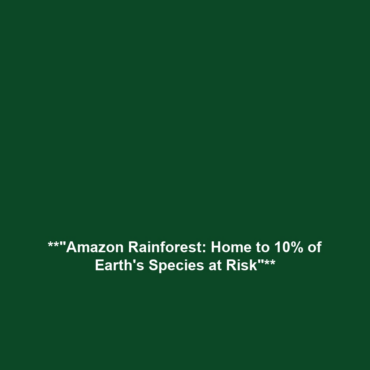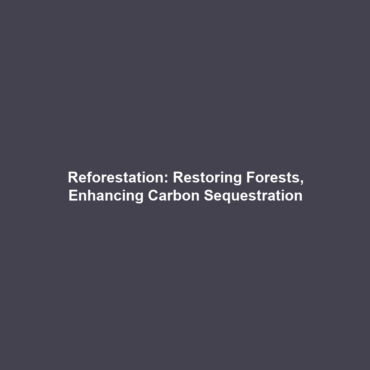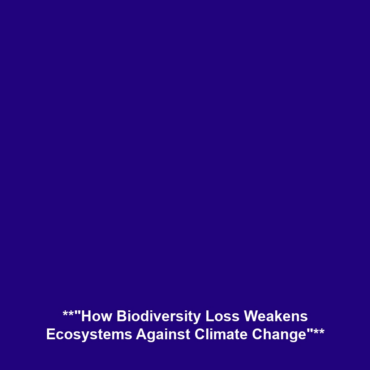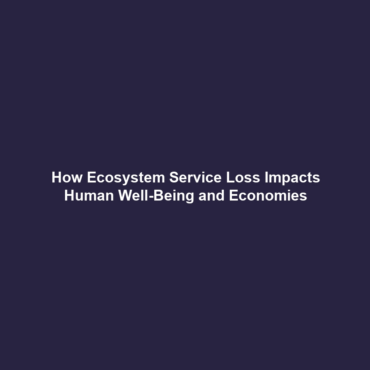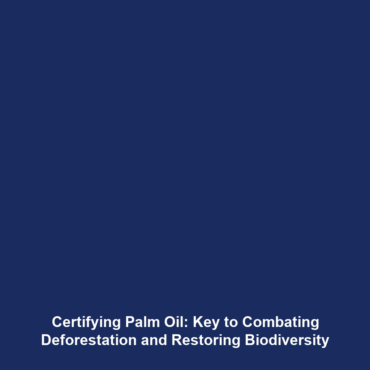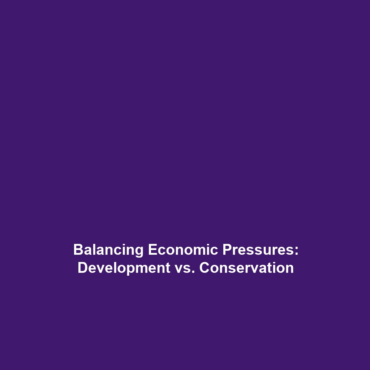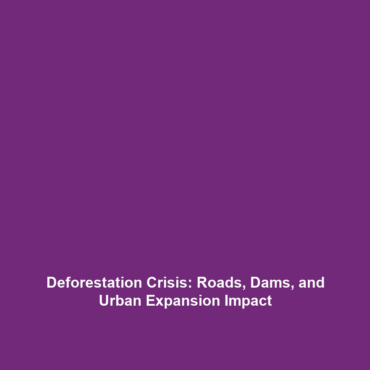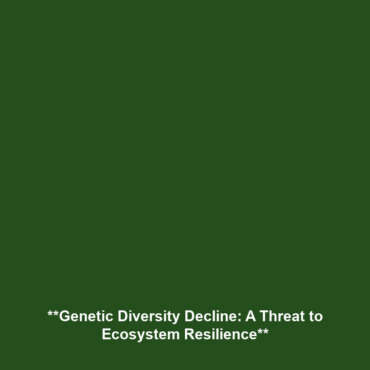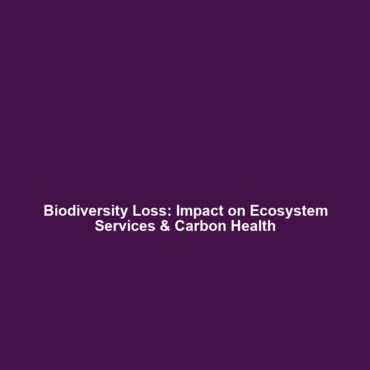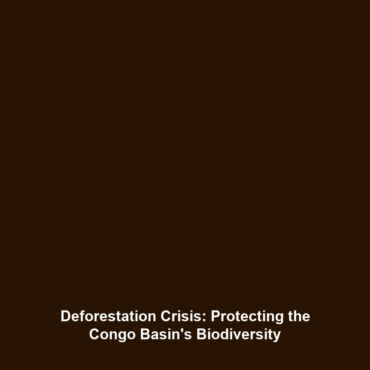The Amazon Rainforest: Home to 10% of All Known Species
The Amazon rainforest is a vital ecosystem that supports an astonishing 10% of all known species, including iconic animals such as jaguars, harpy eagles, and sloths. This biodiversity is not only significant for ecological balance but also plays a critical role in combating deforestation and biodiversity loss. Understanding this intricate web of life is essential for conservation efforts, as the Amazon faces unprecedented threats from human activities.
Key Concepts in Amazon Biodiversity
The Amazon rainforest is recognized as one of the most biodiverse areas on the planet, providing habitats for millions of species. Major concepts related to the Amazon’s biodiversity include:
- Ecosystem Services: The Amazon provides essential services such as carbon storage, climate regulation, and water filtration.
- Species Interdependence: The survival of many species, from jaguars to harpy eagles, is intertwined, highlighting the importance of preserving entire ecosystems.
- Threats from Deforestation: Deforestation significantly affects biodiversity, leading to habitat loss and extinction.
Applications and Real-World Uses
Understanding how the Amazon is home to such diverse species leads to significant applications, particularly in environmental conservation:
- Conservation Strategies: Initiatives focusing on protecting habitats help maintain biodiversity.
- Ecotourism: Promoting sustainable tourism linked to wildlife conservation generates revenue to support ecological efforts.
- Climate Change Mitigation: Preserving the Amazon assists in reducing greenhouse gas emissions.
Current Challenges in Biodiversity Research
Despite its importance, studying biodiversity in the Amazon faces several challenges:
- Deforestation: Ongoing habitat destruction complicates biodiversity assessments.
- Lack of Funding: Insufficient resources hinder extensive scientific research.
- Political and Economic Pressures: Economic development often prioritizes short-term gains over long-term environmental health.
Future Research and Innovations
Future research and innovations are crucial in preserving the Amazon’s rich biodiversity:
- Remote Sensing Technologies: Technologies such as satellite imagery are enhancing monitoring capabilities.
- Biological Research: Genome studies of various species can help understand ecological roles and conservation needs.
- Policy Innovations: New policies aimed at sustainable land management are emerging, focusing on both preservation and human needs.
Conclusion
In summary, the Amazon rainforest is a critical habitat that supports 10% of all known species, including prominent wildlife like jaguars, harpy eagles, and sloths. Its preservation is essential in the fight against deforestation and biodiversity loss. Active participation in conservation efforts is required to safeguard this invaluable ecosystem. For more information on biodiversity conservation and future initiatives, explore our Biodiversity Conservation page.
